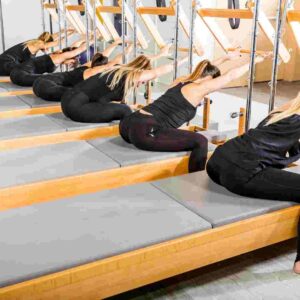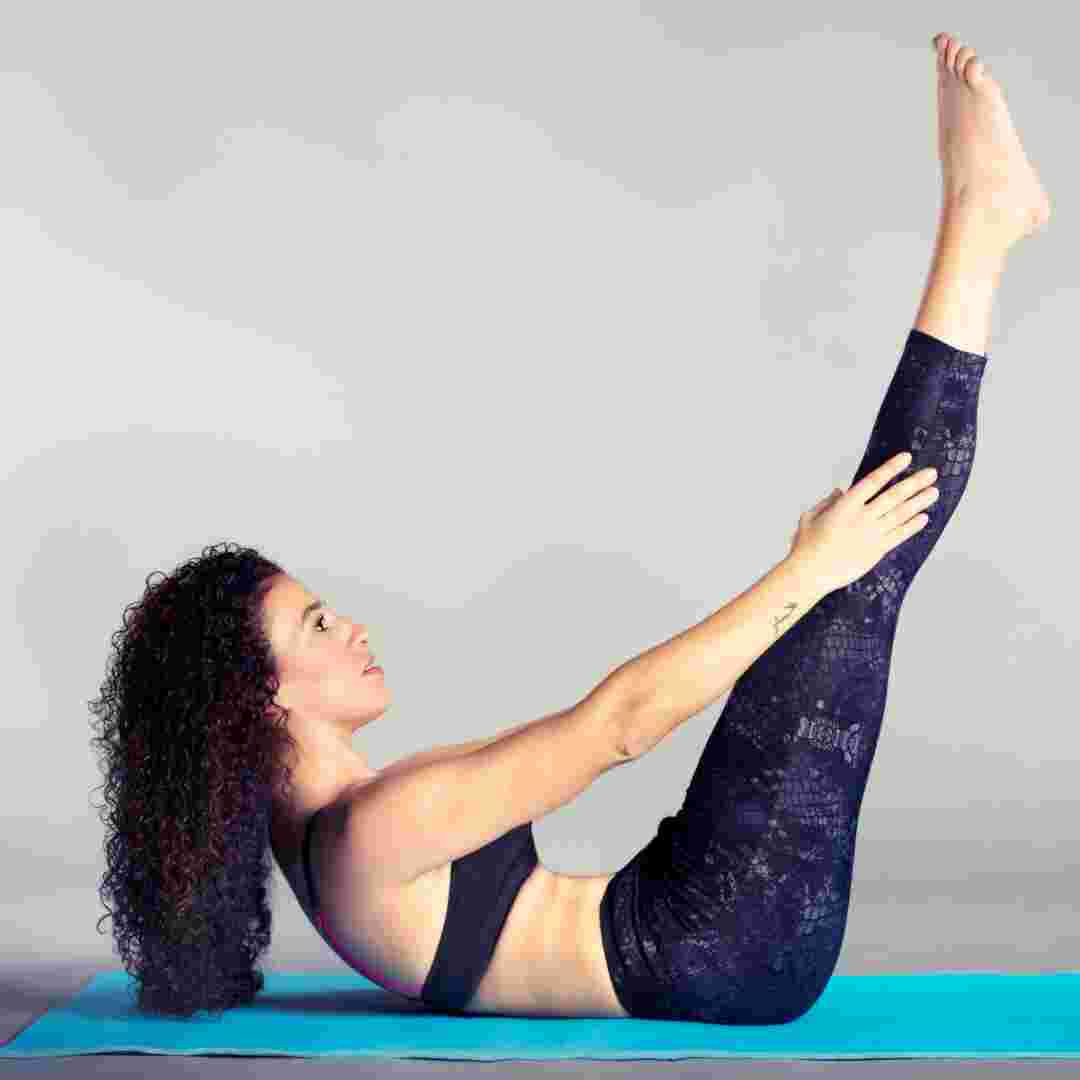Contents Table
Introduction
5 Core Strengthening Pilates Exercises
Pilates Improves Posture and Flexibility
Pilates Improves Mental Health and Wellness
Q&A
Conclusion
"Strengthen your core and improve your posture with Pilates exercises."
Introduction
Pilates strengthens core muscles, improves flexibility, and improves body control and balance. Pilates, invented by Joseph Pilates in the early 20th century, emphasises breathing and alignment while targeting specific muscle areas. Pilates is utilised for injury rehabilitation, athletic performance, and fitness.
5 Core Strengthening Pilates Exercises
Pilates strengthens core muscles. This early 20th-century exercise was created by Joseph Pilates and is now popular worldwide. Pilates improves posture, balance, flexibility, and strength.
Core strengthening is a major benefit of Pilates. Good posture and balance depend on the core muscles, which support the spine and pelvis. Pilates strengthens these muscles with precise movements that target specific muscle groups.
Here are five core-building Pilates exercises:
1. Hundred
Classic Pilates workout The Hundred strengthens abdominal muscles. This workout requires lying on your back with your legs bent and feet flat. Raise your head and shoulders and extend your arms in front of you. Pump your arms up and down while inhaling and exhaling five times. Count 100 times.
2. Roll-Up
The Roll-Up is another traditional Pilates abdominal exercise. This workout requires lying on your back with your arms above your head. To sit up with your arms extended in front of you, slowly roll up each vertebra. Roll back to the start one vertebra at a time.
3. Plank
Planks strengthen core muscles and improve stability. This workout begins with a push-up with your hands beneath your shoulders. Hold your body straight from head to heels, activating your core muscles to stabilise. Maintain this position for 30–60 seconds.
4. The Side Plank
Oblique muscles are targeted with the Side Plank. Start this exercise in a side plank with your elbow under your shoulder and feet stacked. Hold your body straight from head to heels, activating your core muscles to stabilise. Stay here for 30–60 seconds, then exchange sides.
5. The Teaser
The Teaser is a difficult belly Pilates exercise. This workout requires lying on your back with your arms above your head and legs in front of you. Slowly roll up each vertebra until you are sitting up with your arms in front of you and legs up. Hold for a few seconds, then slowly roll back to the start.
In conclusion, Pilates strengthens core muscles well. Add these five Pilates movements to your workout to enhance posture, balance, flexibility, and strength. To avoid injury, listen to your body and adjust activities as needed. Core strength and health can be achieved with constant practise.
Pilates Improves Posture and Flexibility
Pilates has grown in popularity. Our low-impact workout strengthens core muscles, improves posture, and increases flexibility. Pilates targets particular muscle areas and can be customised for various fitness levels.
A major benefit of Pilates is better posture. Back, neck, and headaches can result from poor posture. Pilates strengthens spine-supporting muscles, improving posture and reducing the likelihood of these issues.
Pilates boosts flexibility. Many exercises stretch and lengthen muscles, improving flexibility and range of motion. This can help those who sit or stand a lot avoid stiffness and discomfort.
Injury and chronic pain sufferers can benefit from Pilates. Pilates, a low-impact workout, may be suitable for those who cannot run or jump. Pilates can be customised for a variety of injuries and conditions and utilised in rehabilitation.
In addition to physical benefits, Pilates can reduce stress and improve mental health. Pilates' breathing and mindfulness emphasis helps lower tension and anxiety, making it a fantastic way to unwind after a stressful day.
There are certain things to consider before attempting Pilates. First, you need a trained instructor to help you with the exercises and ensure appropriate form. Start slowly and increase intensity when doing Pilates, which might be difficult.
Remember to listen to your body and avoid overdoing it. Pilates should be hard but not painful. Stop and rest if you feel pain or discomfort during Pilates.
Pilates improves posture, flexibility, and stress reduction with its low-impact workout. It can be adapted for all fitness levels and is beneficial for persons with injuries or chronic pain. Find an experienced Pilates instructor and start carefully to avoid injury. Pilates can strengthen, stretch, and relax you with frequent practise.
Pilates Improves Mental Health and Wellness
Pilates has grown in popularity. This low-impact workout strengthens core muscles, improves flexibility, and raises body awareness. Though known for its physical benefits, Pilates also improves mental wellness.
Pilates reduces stress and anxiety, improving mental wellness. Pilates' disciplined movements and breathing methods ease the mind. This is especially helpful for anxious or stressed people.
Besides reducing stress, Pilates can promote mood and self-esteem. Regular Pilates practise improves body awareness and physical control. Positive self-image and confidence in one's abilities can result.
Pilates also improves mental wellness by encouraging awareness. Mindfulness means being present and focused on the job at hand. Pilates involves intense concentration, which can improve awareness. This is especially useful for people with racing thoughts or trouble being present.
Pilates fosters community and social connection, improving mental wellness. Pilates sessions in groups can foster companionship and support. This is extremely helpful for lonely people.
Finally, Pilates can boost mental health by cultivating purpose and achievement. Setting and attaining exercise goals may motivate and guide you. Apathy and motivation sufferers may benefit from this.
In conclusion, Pilates has several physical and mental health benefits. Pilates can improve well-being by reducing stress and anxiety, increasing mood and self-esteem, encouraging mindfulness, creating social connection, and giving a sense of purpose and accomplishment. Pilates can improve your physical fitness and mental wellbeing.

Q&A
What's Pilates?
Pilates strengthens core muscles, improves flexibility, and balances the body.
2. What Pilates movements are common?
Many Pilates exercises include the Hundred, Roll-Up, Single Leg Stretch, Double Leg Stretch, Spine Stretch Forward, and Swan.
3. What are Pilates' benefits?
Pilates improves posture, flexibility, strength, stress, and overall health. For injury recovery and persistent pain, it can be helpful.
Conclusion
Pilates is low-impact exercise that strengthens core muscles, improves flexibility, and raises body awareness. They may improve posture, stress, and pain in people of various fitness levels and ages. Regular Pilates practise may improve physical and mental health.


